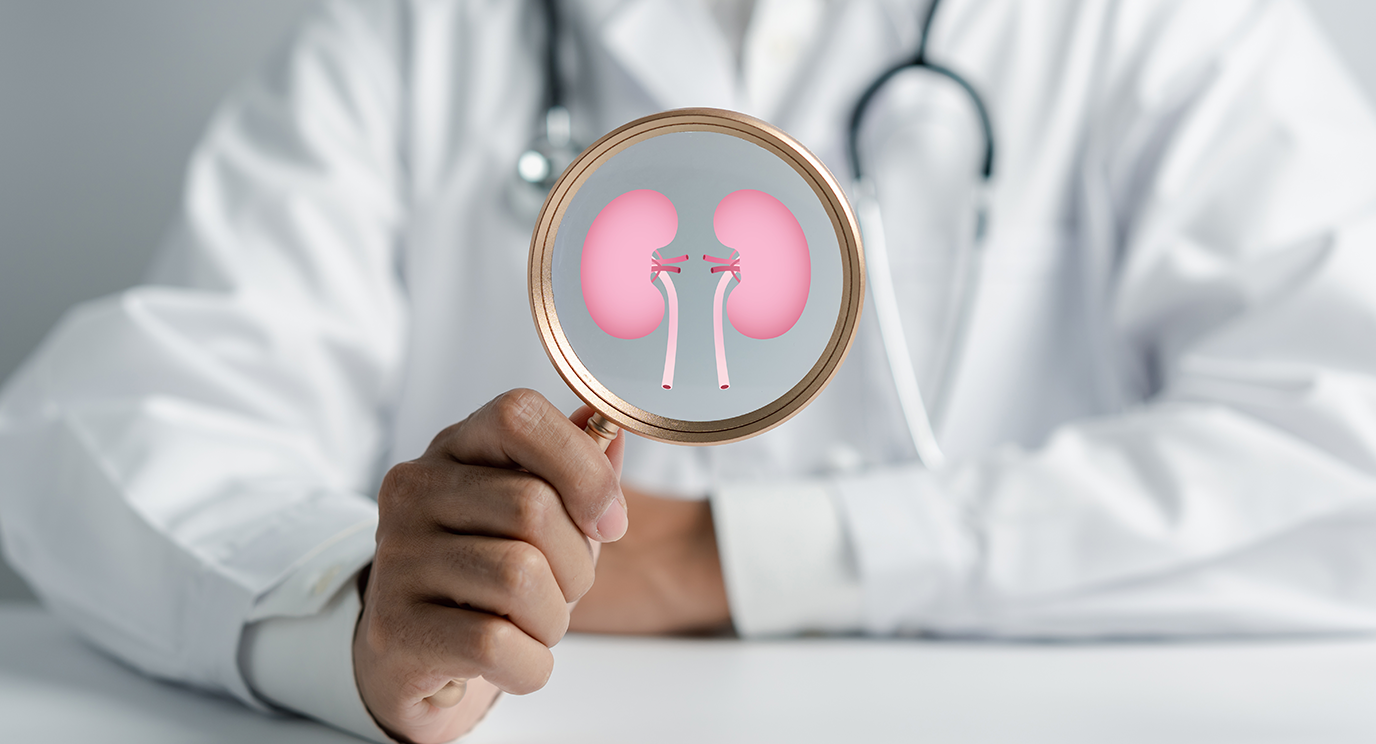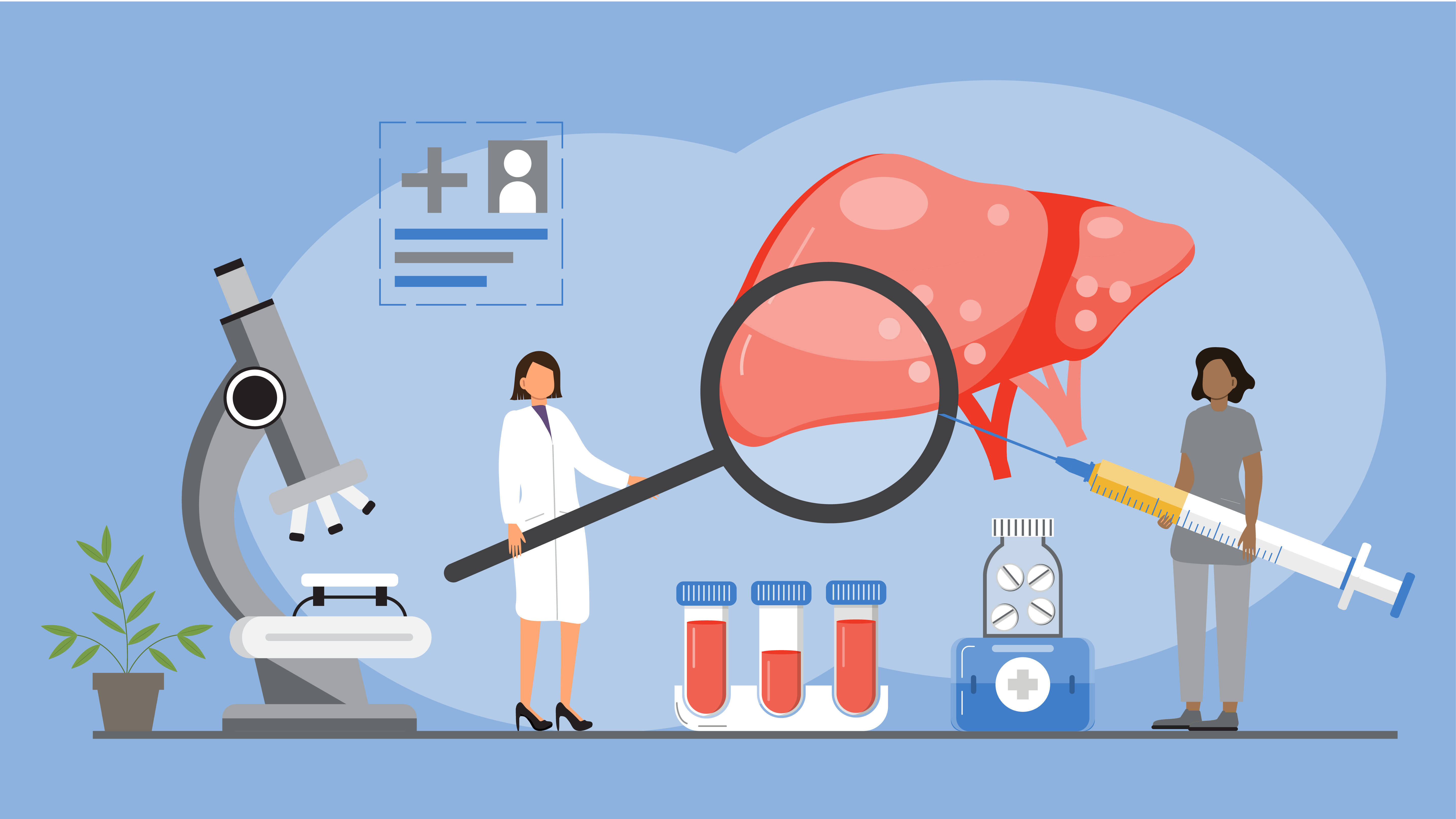- Diseases
- Acoustic Neuroma (16)
- Adrenal Gland Tumor (24)
- Anal Cancer (70)
- Anemia (2)
- Appendix Cancer (18)
- Bile Duct Cancer (26)
- Bladder Cancer (74)
- Brain Metastases (28)
- Brain Tumor (234)
- Breast Cancer (726)
- Breast Implant-Associated Anaplastic Large Cell Lymphoma (2)
- Cancer of Unknown Primary (4)
- Carcinoid Tumor (8)
- Cervical Cancer (164)
- Colon Cancer (168)
- Colorectal Cancer (118)
- Endocrine Tumor (4)
- Esophageal Cancer (44)
- Eye Cancer (36)
- Fallopian Tube Cancer (8)
- Germ Cell Tumor (4)
- Gestational Trophoblastic Disease (2)
- Head and Neck Cancer (14)
- Kidney Cancer (130)
- Leukemia (342)
- Liver Cancer (50)
- Lung Cancer (286)
- Lymphoma (278)
- Mesothelioma (14)
- Metastasis (30)
- Multiple Myeloma (100)
- Myelodysplastic Syndrome (60)
- Myeloproliferative Neoplasm (6)
- Neuroendocrine Tumors (16)
- Oral Cancer (102)
- Ovarian Cancer (178)
- Pancreatic Cancer (160)
- Parathyroid Disease (2)
- Penile Cancer (14)
- Pituitary Tumor (6)
- Prostate Cancer (150)
- Rectal Cancer (58)
- Renal Medullary Carcinoma (6)
- Salivary Gland Cancer (14)
- Sarcoma (238)
- Skin Cancer (300)
- Skull Base Tumors (56)
- Spinal Tumor (12)
- Stomach Cancer (66)
- Testicular Cancer (28)
- Throat Cancer (92)
- Thymoma (6)
- Thyroid Cancer (100)
- Tonsil Cancer (30)
- Uterine Cancer (86)
- Vaginal Cancer (18)
- Vulvar Cancer (22)
- Cancer Topic
- Adolescent and Young Adult Cancer Issues (22)
- Advance Care Planning (12)
- Biostatistics (2)
- Blood Donation (18)
- Bone Health (8)
- COVID-19 (360)
- Cancer Recurrence (120)
- Childhood Cancer Issues (120)
- Clinical Trials (628)
- Complementary Integrative Medicine (22)
- Cytogenetics (2)
- DNA Methylation (4)
- Diagnosis (238)
- Epigenetics (6)
- Fertility (62)
- Follow-up Guidelines (2)
- Health Disparities (14)
- Hereditary Cancer Syndromes (128)
- Immunology (18)
- Li-Fraumeni Syndrome (8)
- Mental Health (122)
- Molecular Diagnostics (8)
- Pain Management (62)
- Palliative Care (8)
- Pathology (10)
- Physical Therapy (18)
- Pregnancy (18)
- Prevention (936)
- Research (390)
- Second Opinion (78)
- Sexuality (16)
- Side Effects (616)
- Sleep Disorders (10)
- Stem Cell Transplantation Cellular Therapy (216)
- Support (408)
- Survivorship (328)
- Symptoms (182)
- Treatment (1788)
Macronutrients 101: What to know about protein, carbs and fats
3 minute read | Published February 18, 2025
Medically Reviewed | Last reviewed by Lindsey Wohlford on February 18, 2025
Many eating plans focus on changing the amount of carbohydrates, fat or protein in your diet.
That’s because changing how much of these nutrients you eat can have a big impact on your body.
Carbohydrates, fats and proteins are the ones you use in the largest amounts. So, as a group, they are called macronutrients.
What are macronutrients?
“Macronutrients are the components of food that the body needs for energy and to maintain its structure and systems,” explains wellness dietitian Lindsey Wohlford. “Macro means ‘big.’”
No healthy diet should exclude or seriously restrict any macronutrient. But how much of each should you eat, and what are the best sources? Read on for answers.
The difference between macro and micronutrients
Macronutrients are the food components we need larger amounts of, such as carbs, protein and fat. Micronutrients, meanwhile, are the vitamins and minerals we need in very small amounts.
“All foods are made up of some percentage of both macro and micronutrients,” Wohlford explains. “The prefix ‘micro’ means small, which is appropriate because we need these nutrients in much smaller quantities than we do macros. They are also smaller on the molecular level than carbohydrates and fats.”
Macronutrients come in only three categories
Carbohydrates, fats and proteins are the three main categories of macronutrients.
“Sometimes, I’ll hear people try to claim that water or fiber is a macronutrient,” adds Wohlford, “But while staying properly hydrated is very important, water is not considered a macronutrient because it has no innate nutritive value. And fiber is already accounted for under the carbohydrate umbrella. It doesn’t need its own separate category.”
Here’s how much of the “big three” you should aim to eat.
Carbohydrates
Carbohydrates – or carbs – are the body’s primary fuel. They provide energy for your muscles and the central nervous system during movement and exercise.
Wohlford says 45% to 65% of calories per day should come from carbohydrates. The amount depends on an individual’s health goals and medical conditions.
Protein
Protein is essential to many processes in the body. It provides structure to the tissue. That includes cell membranes, organs, muscle, hair, skin, nails, bones, tendons, ligaments and blood plasma.
Proteins are also involved in metabolic, hormonal and enzyme systems and help maintain the acid-base balance in our bodies.
The Recommended Dietary Allowance is 0.8 grams of protein per kilogram of body weight per day. For a person who weighs 150 pounds, that adds up to about 54 grams of protein per day.
Individual needs will vary, though, by age, activity level, medical history and health goals.
Fat
Fat is vital for the body as an energy reserve, for insulation and the protection of your organs, and for the absorption and transport of fat-soluble vitamins.
About 20% to 35% of your total daily calories should come from fat, with less than 10% of total daily calories from saturated fat.
There is no ‘ideal’ macronutrient ratio
So, what’s the best macronutrient ratio for weight loss or maintenance?
“That’s the magic question,” laughs Wohlford. “But it depends on the individual. The ideal ratio for someone who has diabetes, for instance, would be very different from the ideal ratio for someone with no chronic diseases. That’s why we give the suggested breakdown as a range, not a single figure. There is no one ideal ratio.”
How to plan your diet
It can be hard to visualize the recommended daily amounts of macronutrients as meals. One way to do this and make sure you get a good variety of foods is to follow a balanced, healthy diet rich in whole grains, vegetables and fruits with lean protein.
Fill two-thirds of your plate with whole grains, vegetables, fruits, nuts and seeds. Make the remaining one-third lean protein like chicken and fish or plant proteins like beans, quinoa or tofu.
“If you’re eating a balanced diet and getting a wide variety of foods, you should be able to meet all of your nutritional needs,” Wohlford says.
Request an appointment at MD Anderson online or call 1-888-491-1520.

There is no one ideal ratio.
Lindsey Wohlford
Wellness Dietitian





